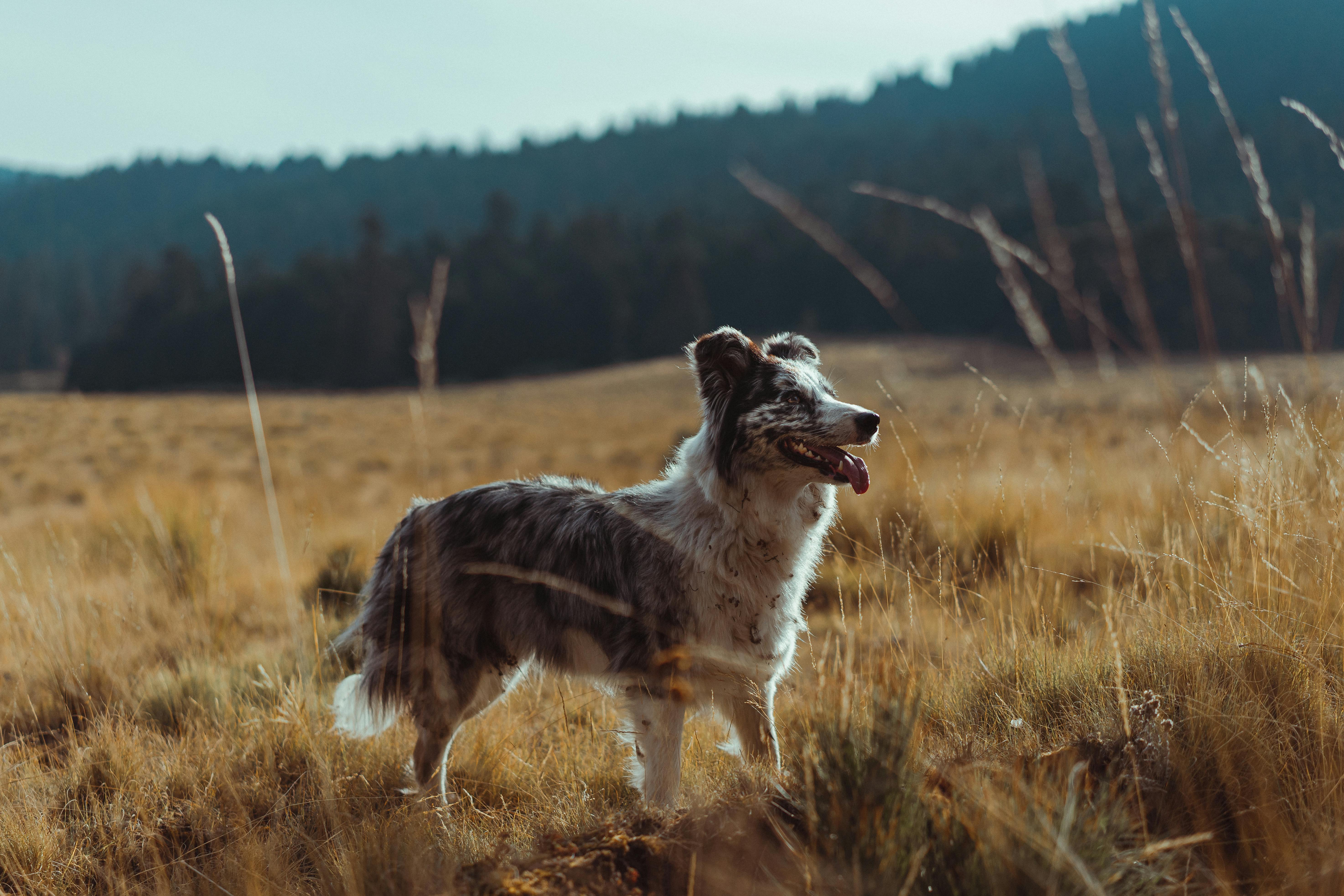
The benefits of timing jokes
The average goat is raised every year to “cool off” or be ready for milking. Once bred, the farmer will be faced with a future joke. Well, joking around can be very dangerous if you live in a climate that has freezing temperatures during the winter months. Certainly, these temperatures are not conducive to your dairy animals having a safe and happy breeding. So what can you do about it; especially with a breed that does not have certain times when they can be bred, but can be bred throughout the year.
• Try to have a separate enclosure for your male (he-goat intact and suitable for breeding). Or some people choose not to breed and keep male goats capable of reproducing, but instead schedule a visit to a local farm that does. You can then more easily control when breeding takes place so there is less chance of loss of young due to inclement temperatures.
• Learn and live by, for breeding purposes, what the gestation period is for your type of goat. This will help you more easily plan for breeding and breeding to more closely match your weather. For Nubians, the normal gestation period is five months; but it may not be the same with all goat breeds, so do your research on your particular breed. Once you figure out the optimal spring month for pranks to occur in your area, count back five months. This will give you a better chance of a safe and happy delivery.
Owning a dairy goat has many rewards. But the loss of a child due to a poor parenting plan can be avoided with a little work. The normal thinking is that a spring calving is desirable so that your female can be milked throughout the year until the next breeding season in late fall or early winter. Typically a dairy goat will continue to give milk for three hundred days and then it will start to loosen or slow down. It’s like they’re trying to give you a clue that, hey, it’s time to play. So don’t despair when you start to loosen up during milking time, they are just trying to help you determine the right time for a successful spring calving. Most farmers allow some time to pass after their goats begin to slow down the milking for them to accumulate nutrients; usually a few months of rest before breeding is recommended.